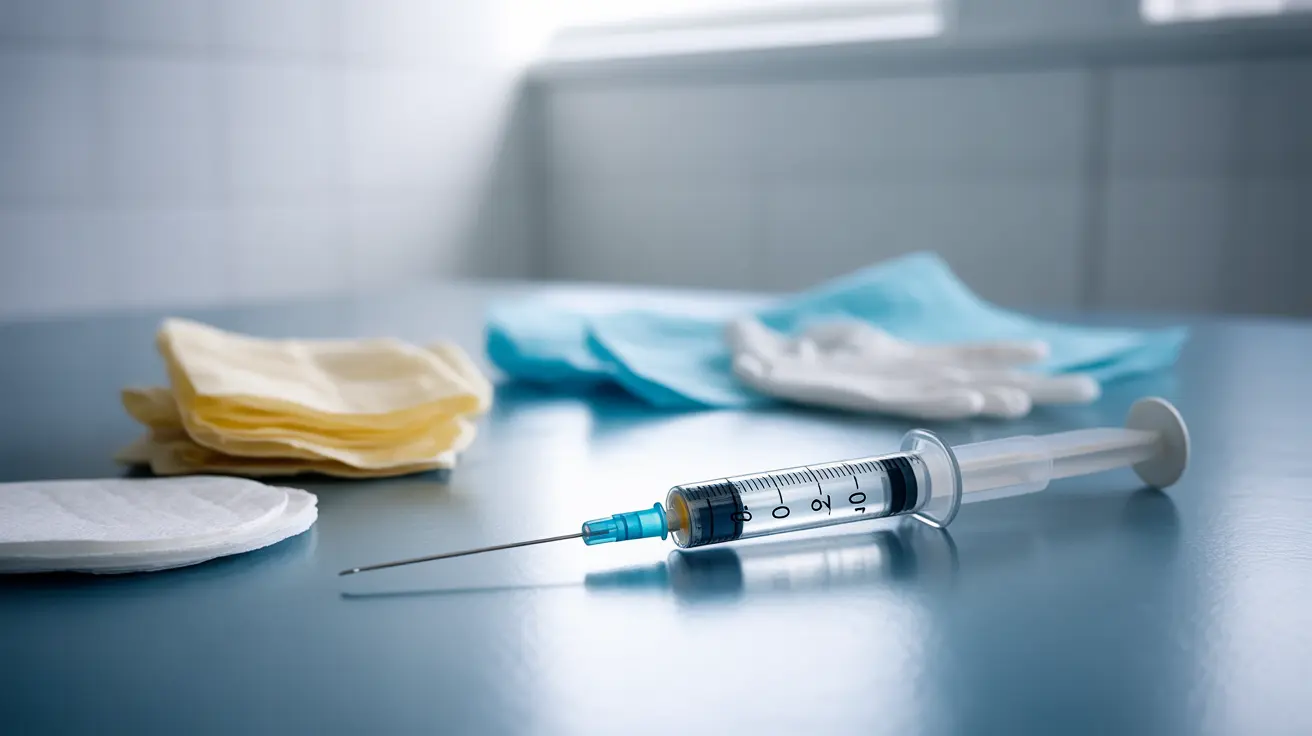Hepatitis C virus (HCV) infection represents a significant public health concern, particularly among individuals who share needles or other drug injection equipment. Understanding the transmission risks, prevention strategies, and available treatments is crucial for both healthcare providers and those at risk of exposure.
This comprehensive guide explores the relationship between needle use and hepatitis C transmission, offering essential information about prevention, symptoms, and treatment options for those affected by or at risk of HCV infection.
Understanding Hepatitis C Transmission Through Needles
Hepatitis C primarily spreads through blood-to-blood contact, with shared needle use being one of the most common transmission routes. The virus can survive on surfaces and in used needles for several weeks, making proper handling and disposal of injection equipment crucial for prevention.
Common Risk Scenarios
Several situations can lead to hepatitis C transmission through needles:
- Sharing injection drug equipment
- Accidental needlestick injuries in healthcare settings
- Unsterile tattoo or piercing equipment
- Shared personal care items that may contain blood
Prevention Strategies
Preventing hepatitis C transmission through needles involves multiple approaches:
- Using new, sterile needles for each injection
- Never sharing injection equipment
- Accessing needle exchange programs
- Following proper medical waste disposal procedures
- Using personal protective equipment in healthcare settings
Harm Reduction Resources
Several resources are available to help minimize transmission risks:
- Clean needle exchange programs
- Supervised injection facilities
- Substance use counseling services
- Education about safer injection practices
- Access to medical care and testing
Recognizing Hepatitis C Symptoms
Early detection of hepatitis C is crucial for effective treatment. Common symptoms may include:
- Fatigue
- Fever
- Nausea
- Abdominal pain
- Jaundice
- Dark urine
- Joint pain
Timeline of Symptom Development
Symptoms typically appear 2-12 weeks after exposure, though many people remain asymptomatic. Regular testing is essential for those at risk, regardless of symptom presence.
Treatment Options and Recovery
Modern hepatitis C treatments are highly effective, with cure rates exceeding 95% for most patients. Current treatment typically involves direct-acting antiviral medications taken for 8-12 weeks, with minimal side effects compared to older treatments.
Frequently Asked Questions
What are the main ways hepatitis C is transmitted through needle sharing?
Hepatitis C is primarily transmitted when blood from an infected person enters another person's bloodstream through shared needles, syringes, or other injection equipment. This can occur during drug use, unsterile medical procedures, or unsafe tattoo practices.
How can I minimize the risk of getting hepatitis C if I use intravenous drugs?
To minimize risk, always use new, sterile needles and never share injection equipment. Access needle exchange programs, use clean supplies for each injection, and consider substance use treatment programs. Regular testing for HCV is also crucial.
What are the symptoms of hepatitis C, and how soon do they appear after infection?
Symptoms typically appear 2-12 weeks after exposure and may include fatigue, fever, nausea, abdominal pain, and jaundice. However, many people don't experience symptoms initially, making regular testing important for those at risk.
Is it possible to get reinfection with hepatitis C after being cured?
Yes, it's possible to get reinfected with hepatitis C after being cured. The body doesn't develop immunity after infection or treatment, so continued prevention measures are essential, even after successful treatment.
What are the best practices for treating hepatitis C, and are there any new treatments available?
Current best practices involve direct-acting antiviral medications, which typically require 8-12 weeks of treatment and have high cure rates. These modern treatments are well-tolerated and more effective than older interferon-based therapies. Regular monitoring and support from healthcare providers ensure the best outcomes.




